Film slitting machines are the core equipment of the film processing industry (such as packaging, lithium batteries, optical films), and their reliability is directly related to the continuity of the production line, product quality, and operating costs. Improving its reliability is a systematic project that requires a two-pronged approach from both "hard" core component optimization and "soft" intelligent maintenance strategies.
Here's a detailed path to move from core component optimization to intelligent maintenance, comprehensively improving the reliability of film slitting machines:
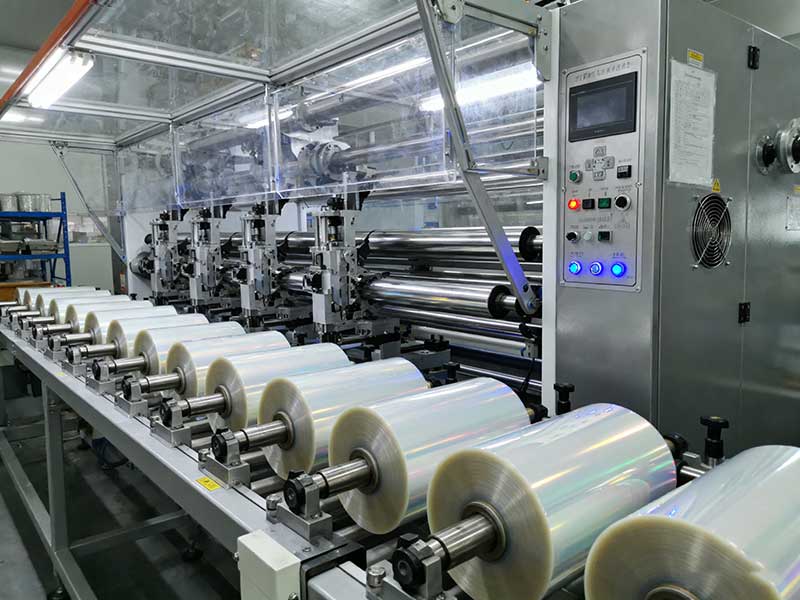
Part 1: Solid foundation - core component optimization and reliability design
This is the basis of reliability. If the core components themselves are defective, no matter how advanced the maintenance methods are, they can get more out of the way.
1. Unwinding and Rewinding Systems: The Heart of Tension
• Core problem: Tension fluctuations are the main cause of film roll defects (such as burst ribs, stars, and edges).
• Optimization:
◦ Direct drive instead of mechanical transmission: Servo motor is used to directly drive the retracting reel, eliminating the traditional magnetic particle clutch/brake. The servo system has high control accuracy, fast response, no friction heat decay problem, and longer life.
◦ High-precision tension sensor: Select a responsive and high-precision tension sensor and arrange its position reasonably (such as floating roller type or direct detection type) to provide real-time and accurate tension feedback for the control system.
◦ Expansion shaft and clamping mechanism: Optimize the design and material of the expansion shaft to ensure uniform expansion and high concentricity. The clamping mechanism should be precise and reliable to prevent the shaft and the film coil from sliding when starting/stopping.
2. Cutting System: The key to slitting quality
• Core Issues: Blade wear, vibration leading to uneven cutting edges, burrs, powder loss.
• Optimization:
◦ Tool material and coating: Select the appropriate tool material (such as high-speed steel, cemented carbide, ceramic) according to the film material (such as BOPP, CPP, PET, PI) and use wear-resistant coatings (such as TiN, TiAlN) to greatly improve tool life and cutting quality.
◦ Tool holder structure rigidity: Reinforced support structure for tool holder and base knife with highly rigid materials (such as alloy steel) and optimized rib position design to reduce vibration during cutting.
◦ Automatic tool setting system: Integrated laser or vision tool setting system ensures that the clearance and overlap between the upper and lower tools are always in optimal condition, reducing human adjustment errors and rapid wear caused by inaccurate tool setting.
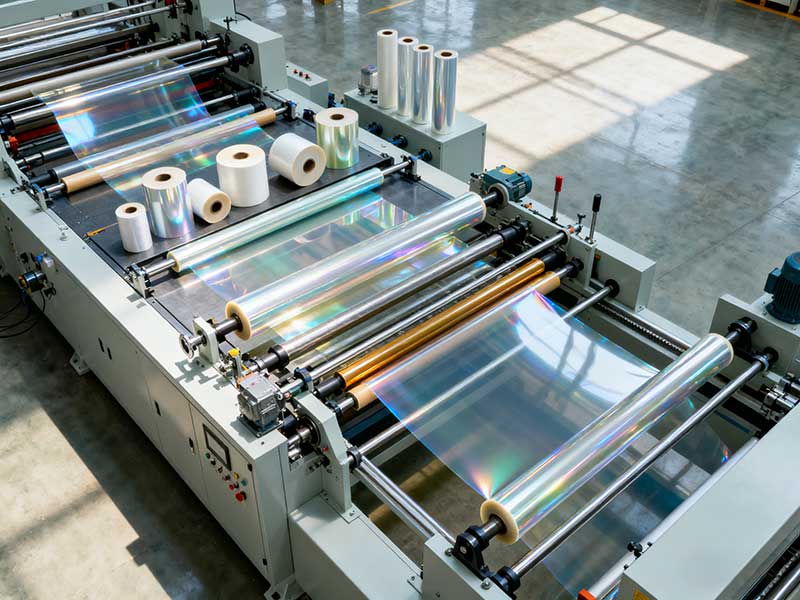
3. Transmission and guidance system: guarantee of smooth operation
• Core problems: wear of bearings and guide rails, poor dynamic balance of rollers, resulting in equipment vibration, increased noise, film deviation or wrinkling.
• Optimization:
◦ Key bearing/guide rail selection: Select high-precision bearings and linear rails from well-known brands for high-speed and high-load areas, and ensure proper installation and lubrication.
◦ Roller dynamic balance correction: All guide rollers and traction rollers are calibrated with high precision (such as G2.5 level) dynamic balance, which is the basis for achieving high-speed and stable operation.
◦ Surface treatment: Appropriate surface treatment (e.g., hard chrome plating, spraying ceramic) on the guide rollers improves wear resistance, corrosion resistance, and ensures appropriate surface friction.
4. Control system: the brain and nerves of the device
• Core problems: poor system stability, weak anti-interference ability, and difficult fault diagnosis.
• Optimization:
◦ High-performance PLC and servo drive: The PLC and servo drive system with high reliability and fast processing speed are used to ensure the stable execution of complex control algorithms such as taper tension control.
◦ Industrial Ethernet bus: Real-time industrial Ethernet such as EtherCAT and Profinet is used to replace traditional pulse control or fieldbus, improving communication speed and synchronization accuracy, reducing wiring and facilitating diagnosis.
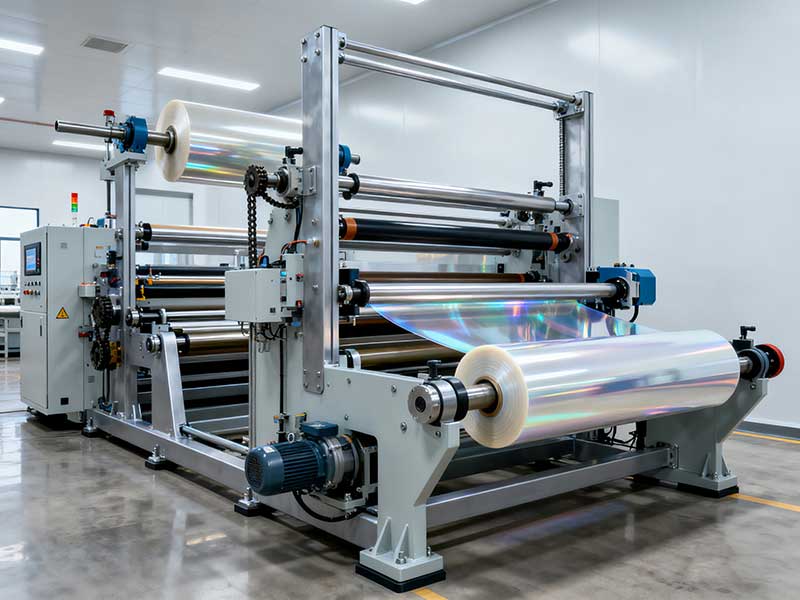
Part 2: Treating before illness – from preventive maintenance to intelligent maintenance
On the basis of hardware reliability, through intelligent means, the maintenance is engaged in post-remediation to pre-prediction.
1. Data collection and condition monitoring
• Build a sensor network:
◦ Vibration sensor: Installed on key rotating components such as the main drive motor and retracting reel bearing housing, it monitors vibration acceleration and velocity to detect bearing wear, imbalance, and misalignment faults at an early stage.
◦ Temperature sensor: Monitors temperature changes in bearings, motors, drives, and other parts, and overheating is a precursor to failure.
◦ Current/Power Sensor: Monitors the current waveform of the main and servo motors. Abnormal fluctuations in current can reflect problems such as load changes and mechanical jamming.
◦ Ultrasonic sensors: Used to detect leaks in compressed air systems and early lubrication failures in bearings.
2. Data Analysis and Intelligent Diagnostics (Core)
• Build a device health model:
◦ Threshold alarm: Set static or dynamic thresholds for vibration, temperature, and other parameters, and alarm when it exceeds it.
◦ Trend analysis: Track the trend of changes in key parameters over time. For example, if the vibration value of a bearing is below the alarm limit but continues to rise, it indicates that the fault is developing.
◦ AI algorithm application:
▪ Machine learning: Train models using historical normal operation data and fault data, allowing the system to identify abnormal operating patterns and achieve early warning.
▪ Expert system: Regularize the diagnosis experience of senior equipment engineers and build a knowledge base. When a specific combination of signals occurs, the system automatically gives possible fault causes and maintenance recommendations.
3. Predictive maintenance and decision support
• Remaining life prediction: Predict the remaining service life of critical wearing parts based on data such as cutting mileage of tools and vibration trends of bearings, and generate maintenance work orders and spare parts purchase plans at the right time.
• Digital twin: Establish a virtual model of the slitting machine and map the operating status of the physical equipment in real time. Simulation operation and fault deduction can be performed on the digital model to optimize maintenance strategies and production parameters.
4. Intelligent maintenance management
• AR remote assistance: When on-site personnel encounter complex problems, they can connect with remote experts through AR glasses, and experts can see the on-site picture in real time and provide annotation guidance, improving troubleshooting efficiency.
• Maintain knowledge base and electronic inspection: Digitize all equipment drawings, manuals, and historical maintenance records, and associate them with equipment IDs. Maintenance personnel can perform standardized inspection and maintenance processes through tablets, and records are automatically uploaded.
Implementation path recommendations
1. Assessment and Planning: Conduct a reliability assessment of existing equipment to identify the weakest areas and areas of improvement with the highest ROI. Develop a roadmap for phased implementation.
2. Basic optimization first: Priority is given to the optimization and reliability transformation of core components, which is the foundation of all intelligence.
3. Start with data: Start with the installation of the most critical sensors, and first realize data visualization and basic alarms.
4. Intelligent deepening: After data accumulation to a certain extent, gradually introduce data analysis platforms and AI algorithms to achieve predictive maintenance.
5. Culture and talent training: Train the maintenance team to master new skills and transform from "firefighters" to "equipment health managers".
summary
The reliability improvement of film slitting machines is an evolution from "reactive maintenance" > "preventive maintenance" > "predictive maintenance".
• Core component optimization is an innate gene to ensure that the equipment is "physically robust" and has high reliability.
• Intelligent maintenance is to equip the equipment with an "all-weather health monitoring system" and "intelligent doctor", which can foresee risks, accurately diagnose, and proactively intervene.
Through the close integration of these two aspects, enterprises can not only significantly reduce unplanned downtime and reduce maintenance costs, but also improve product excellence and market competitiveness, and ultimately achieve the successful transformation of intelligent manufacturing.

Proper operation and maintenance not only ensure the quality of slitting, but also extend the life of the equipment and ensure safe production.
09. January, 2026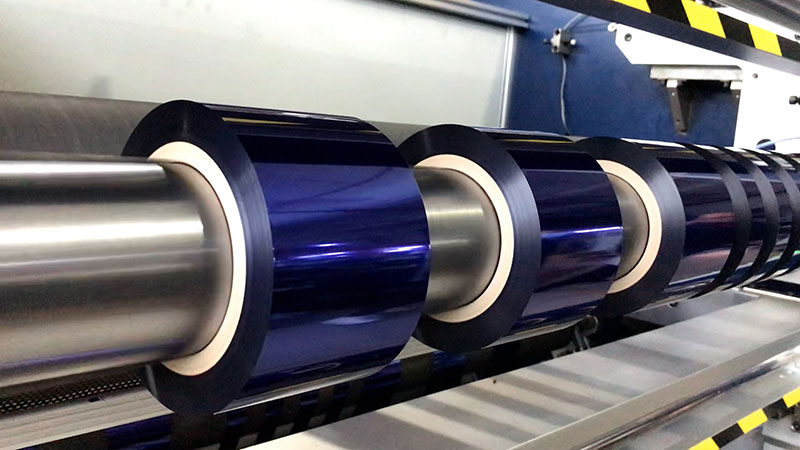
This article will comprehensively analyze the key points of hot stamping film slitting machine selection to help you make an informed decision.
09. January, 2026
The intelligent control design of the new generation of film slitting machine represents the transformation of industrial equipment from "tool" to "partner".
20. December, 2025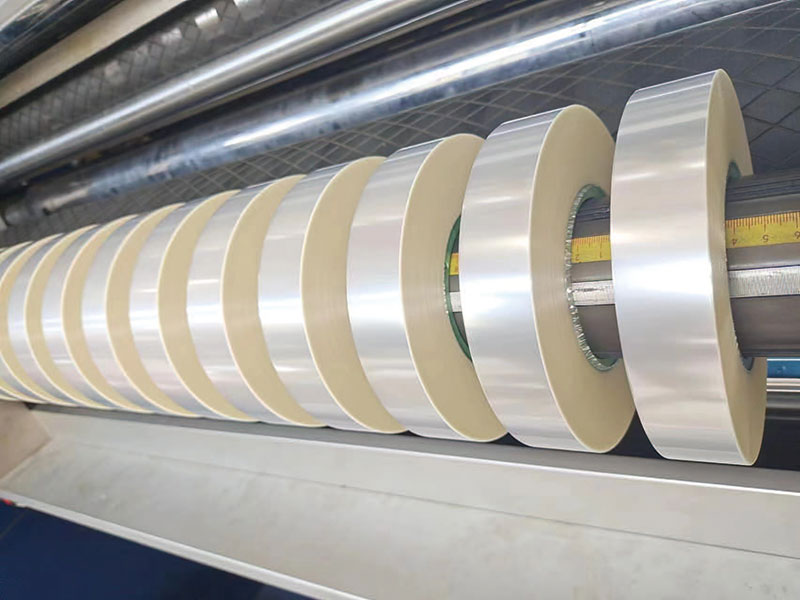
Achieving continuous 1,000 hours of trouble-free operation requires not only systematic technical upgrades, but also all-round innovation from design concept to maintenance strategy.
20. December, 2025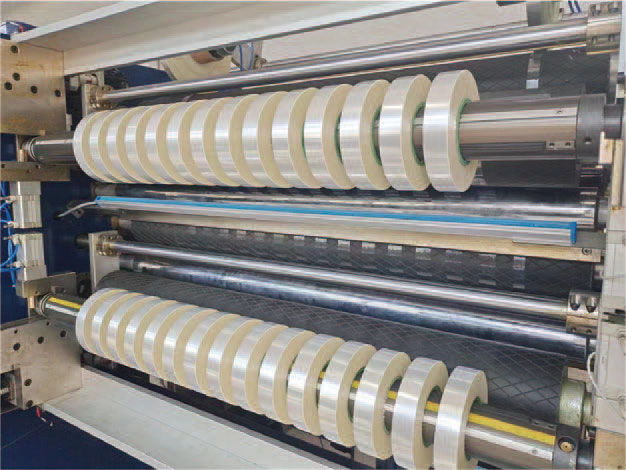
In the face of a dazzling array of models on the market, how to make informed decisions when purchasing?
20. December, 2025